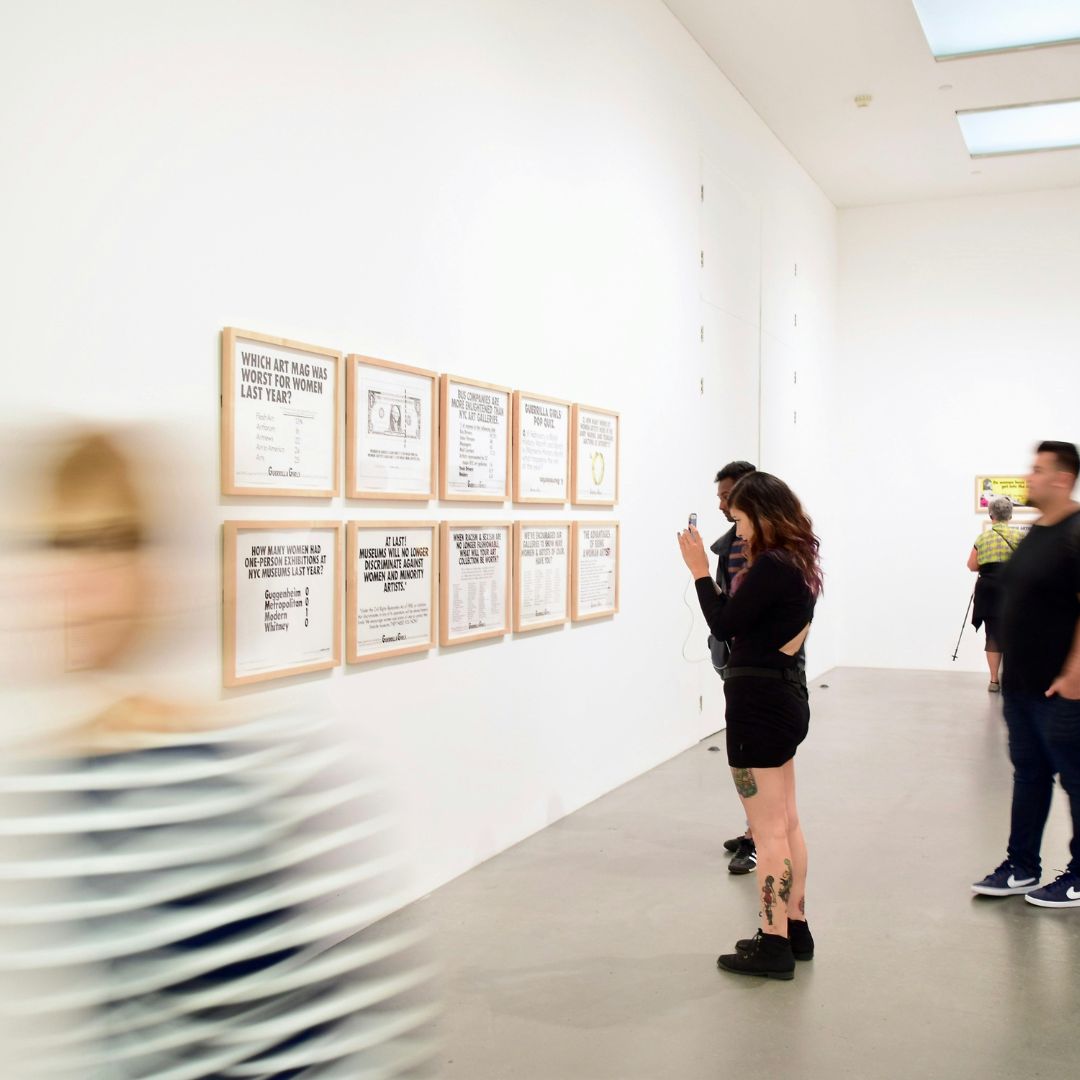Most “modern art” is nonsense that’s more pretentious than intellectually stimulating.
When I visited the Museum of Modern Art (MoMA) during my trip to New York City five years ago, I was surprised to find just how terrible much of the “artwork” on display was. I walked from piece to piece, wondering how these meaningless etchings and paint strokes could possibly have ended up in a renowned museum — and how much their artists were paid for them.
Even more interesting, however, was the number of people inquisitively staring at each piece of art, as if they were legitimately interested in how they should interpret or dissect the random strokes and squiggles on each canvas.
This phenomenon is not exclusive to New York City.
A normal person might look at “The Comedian,” a banana duct taped to a wall, and deem it absolute nonsense that’s perhaps worth a chuckle but nothing more. Apparently, viewers at Miami’s Art Basel had a different interpretation, considering it sold for $120,000 USD.
It’s time someone says it: there’s nothing to actually interpret here. The majority of modern art creation is a lazy practice that forces the audience to find meaning because the artist didn’t bother to come up with it themselves.
This type of “art” — if you choose to insult every artist ever by calling it that — is a scam. The “artist” who slapped a banana on the wall likely knows that there’s nothing of actual value in his piece, but if it’s marketed correctly, it can earn him a pretty penny for absolutely no effort whatsoever.
If you think about it, it’s quite a clever scheme. Simply create something that requires absolutely no effort or artistic skill, show it to rich fools who have far too much money on their hands and tell them it’s their job to discover meaning within the piece. It’s a brilliant way of making oodles of money — it makes the pretentious millionaire buying the piece feel like they own something that can’t be understood by lesser folk, when in reality, they’ve been completely duped.
Obviously, it goes without saying that anyone could have taped a banana to the wall. It’s not something that blows your mind or makes you wonder how long the artist has been working on their craft. After all, it requires absolutely no talent whatsoever.
A common response to this criticism is “yeah, you could make that, but you didn’t.” This absolutely absurd rhetoric makes it seem as though the modern artist has done something so unique or inventive that it should be rewarded, celebrating the mind of a person who created something so simple that it might actually be brilliant.
Those who make this argument have sadly fallen right into the scheme, giving the modern artist more credit than they could ever deserve.
It’s a shame to see so many struggling artists fail to make a living or create a name for themselves, when others have it as easy as painting straight lines or drawing squiggly shapes with no more artistic merit than a third-grader doodling on the side of their homework paper. Actually, the latter might have more artistic prowess given that they’re trying to draw something that exists rather than dripping paint on a canvas and justifying it by calling it “abstract.”
Seriously, just take a look through MoMA’s art archive and you’ll immediately see what I’m talking about. While there are plenty of artists on display who clearly have talent, the problems with other pieces should immediately become clear, and if you try looking into the meaning of any of them, you’re simply falling into the artist’s trap.
Perhaps this is the true meaning behind modern art: that people can be easily convinced of virtually anything if you simply appeal to their ego. By buttering them up and making them feel like a “critical thinker,” you can get them to spend a hundred thousand dollars on a banana you bought for a few cents.
In this sense, those who create modern art might actually be geniuses after all. While I’ve always thought of them as lunatics, perhaps they’re simply the only ones who have figured out how to play the system and effectively make fortunes by stealing from the rich.
Maybe it’s not the act of sticking a banana on the wall that makes them brilliant — it’s the way they get some sucker to pay for it.

